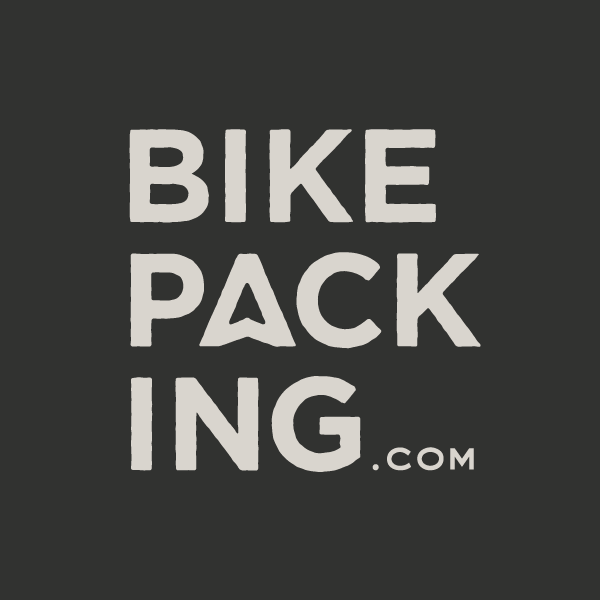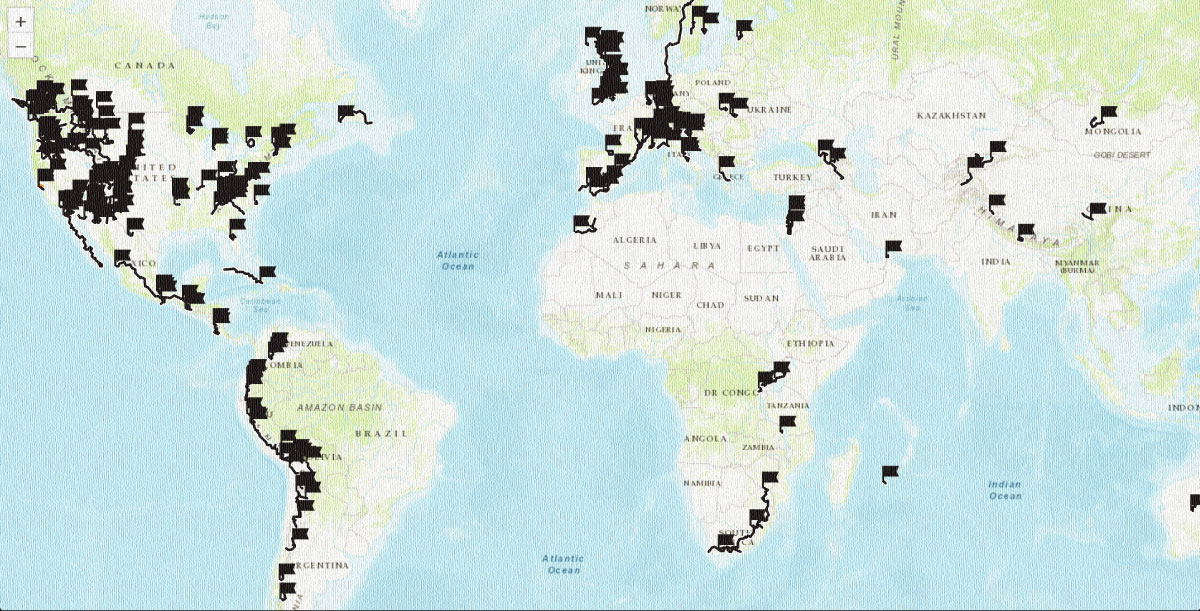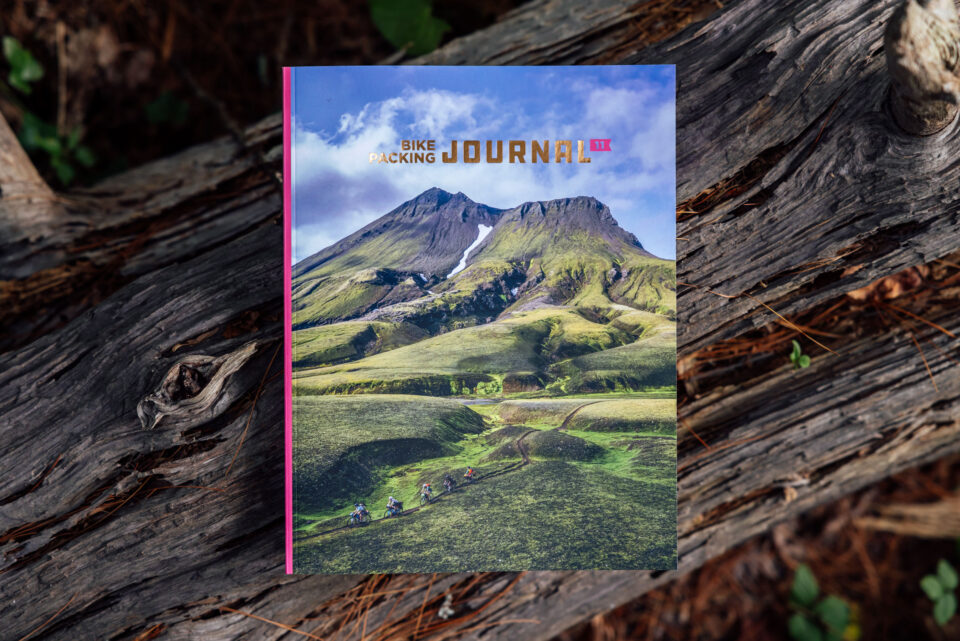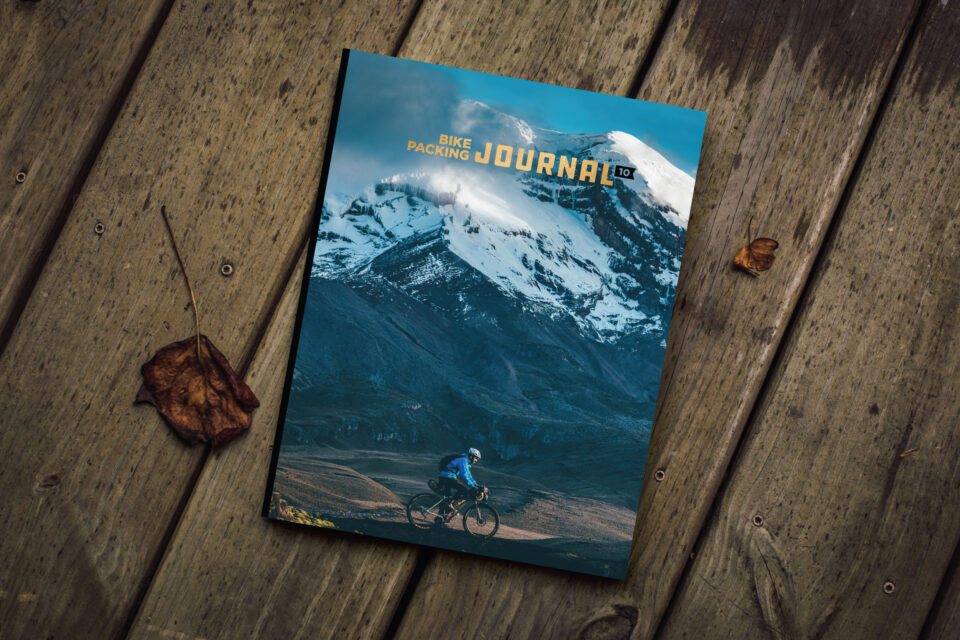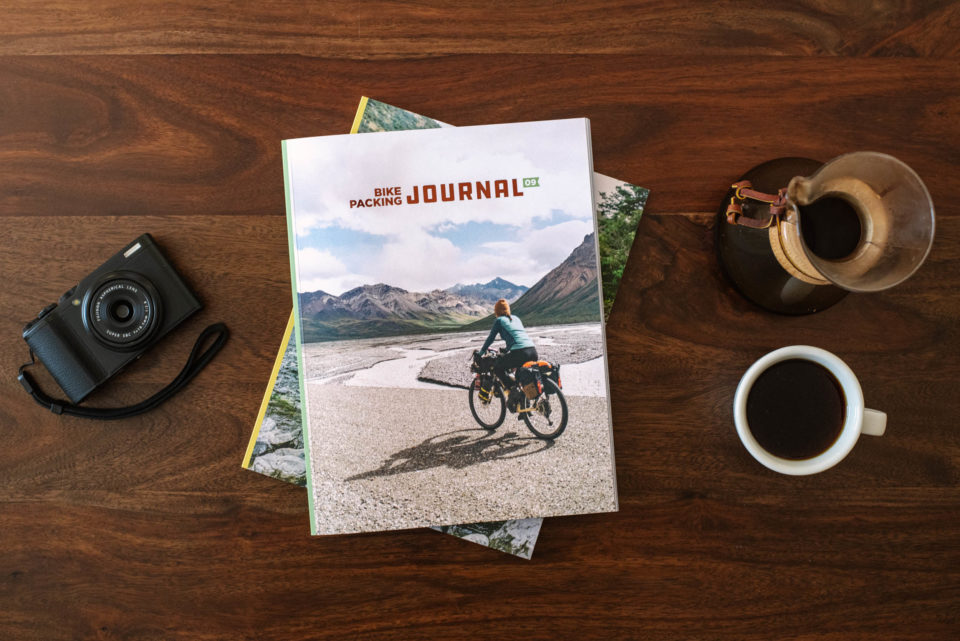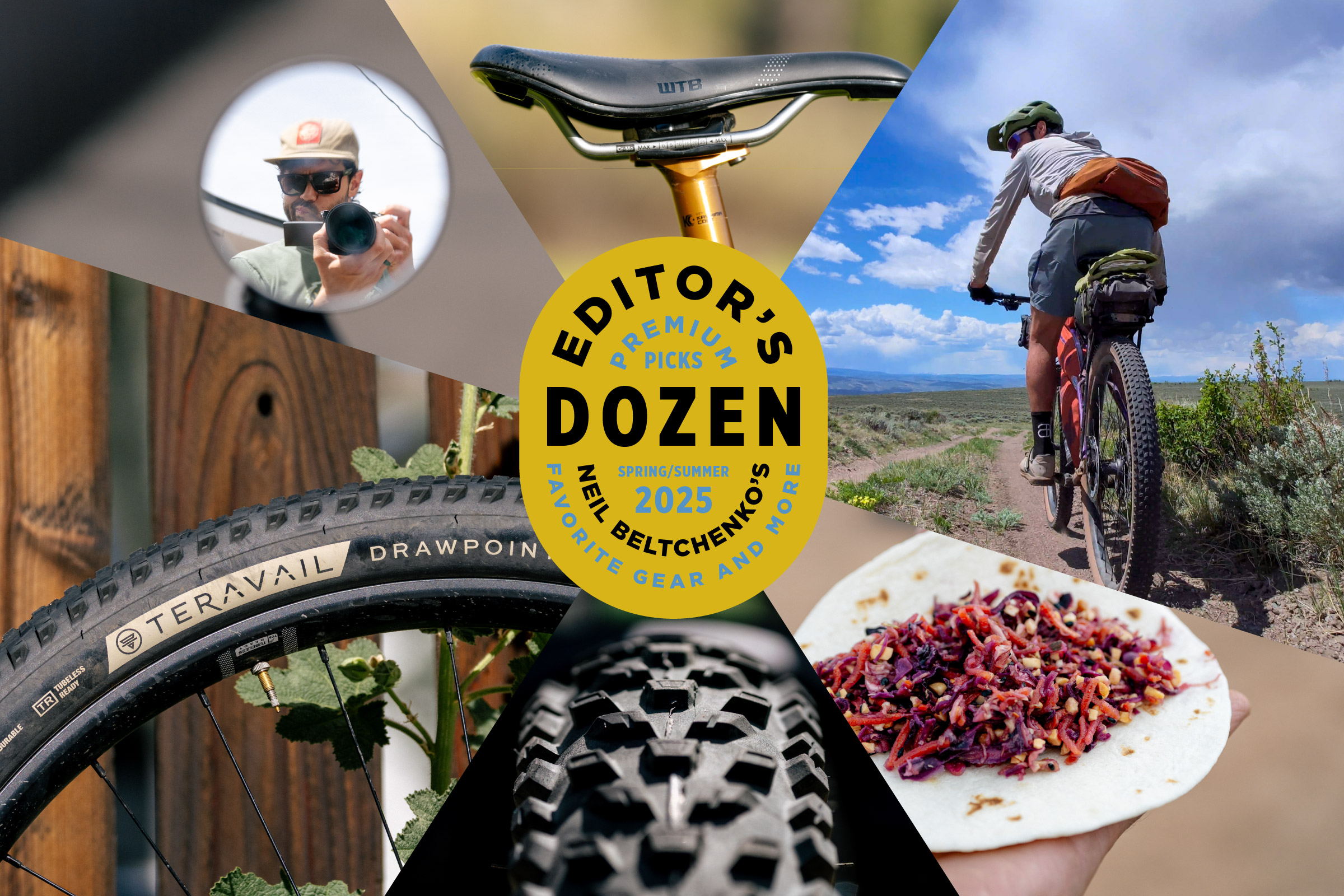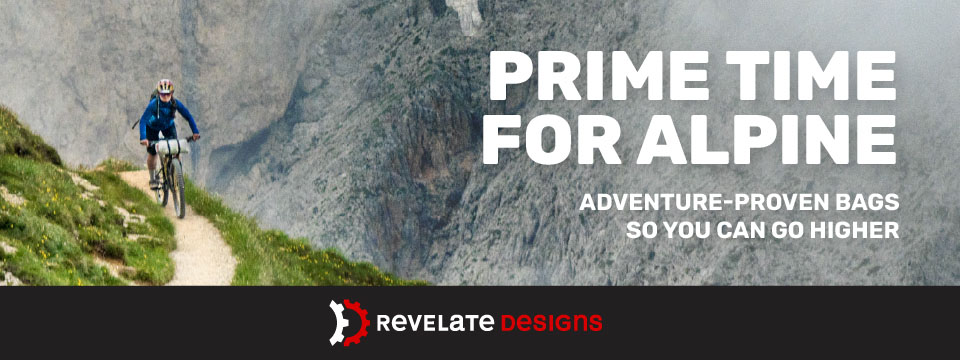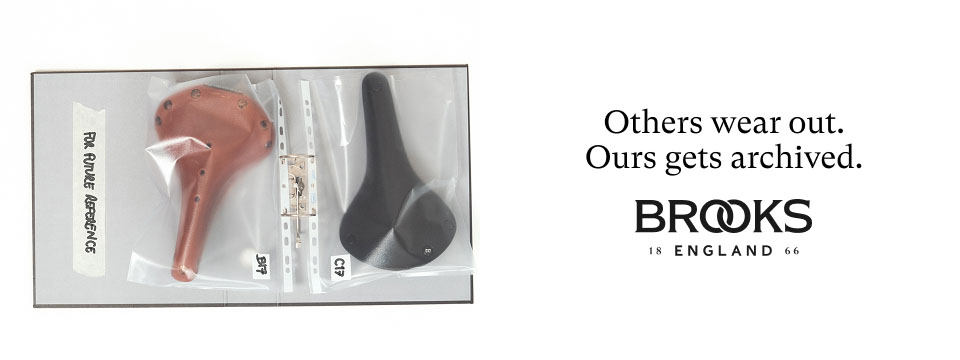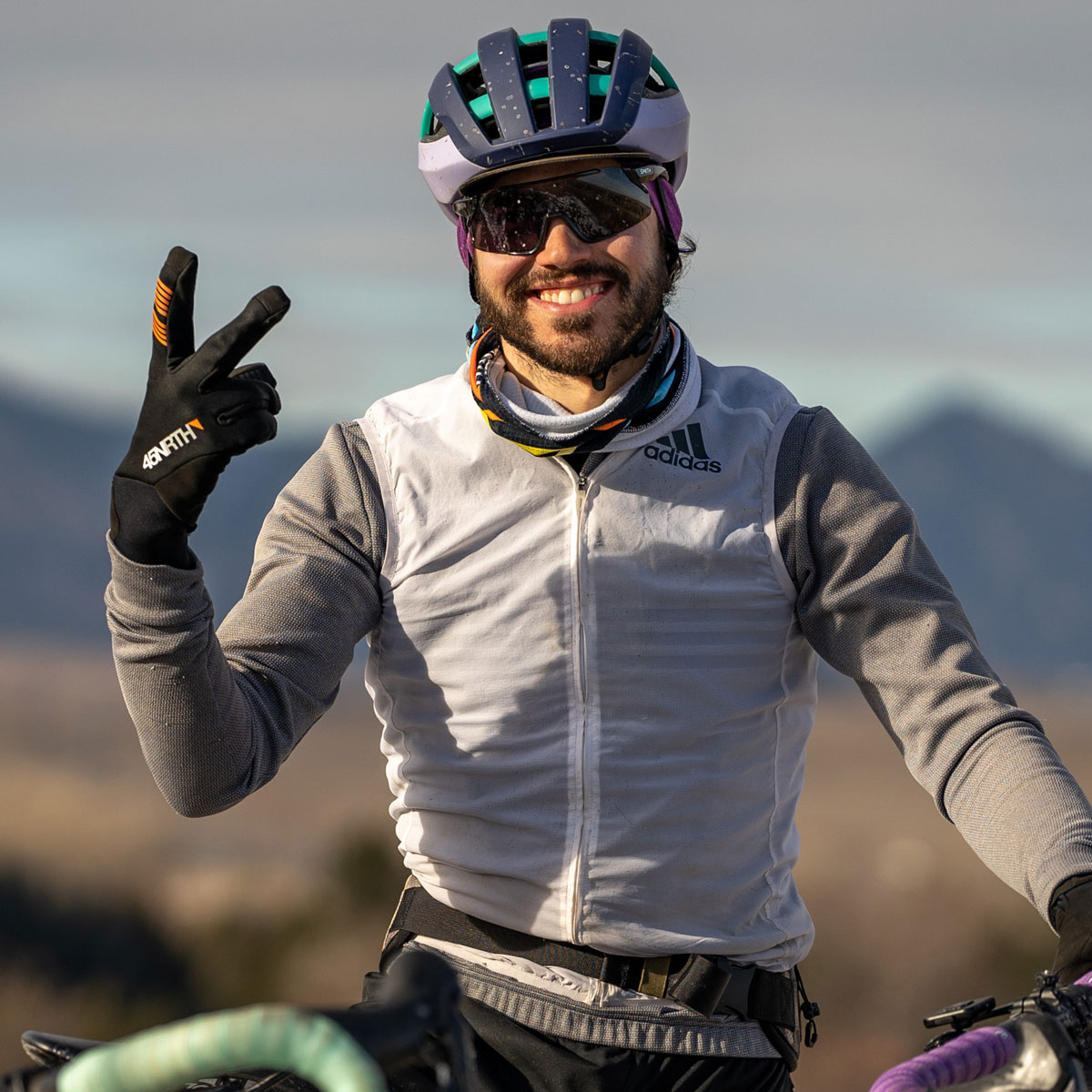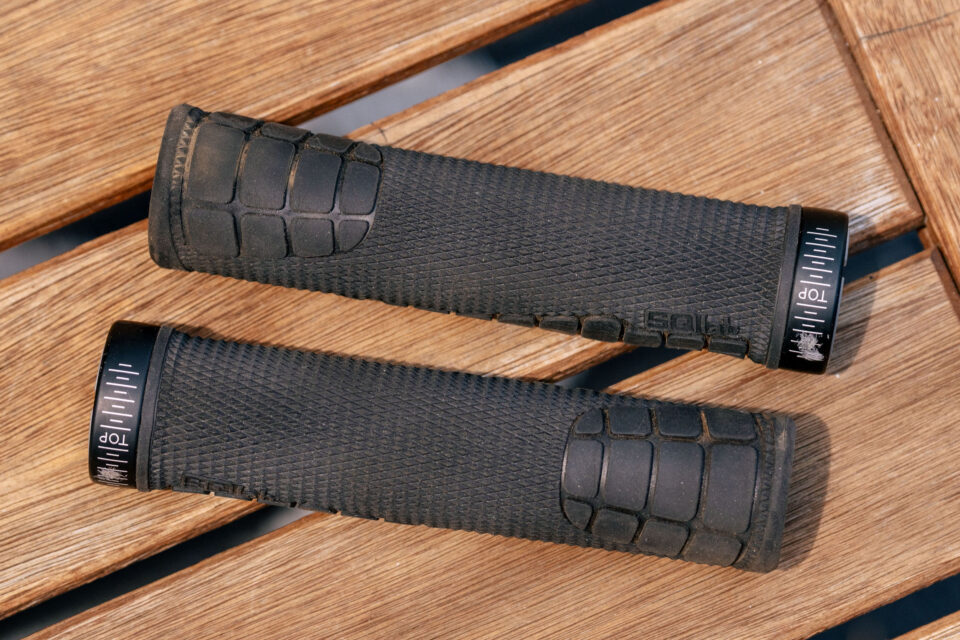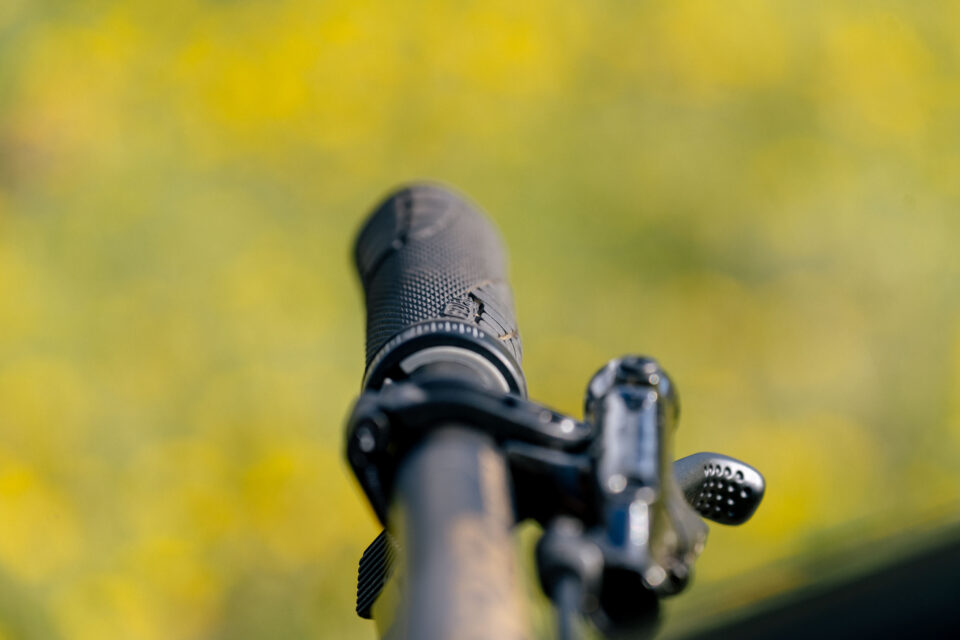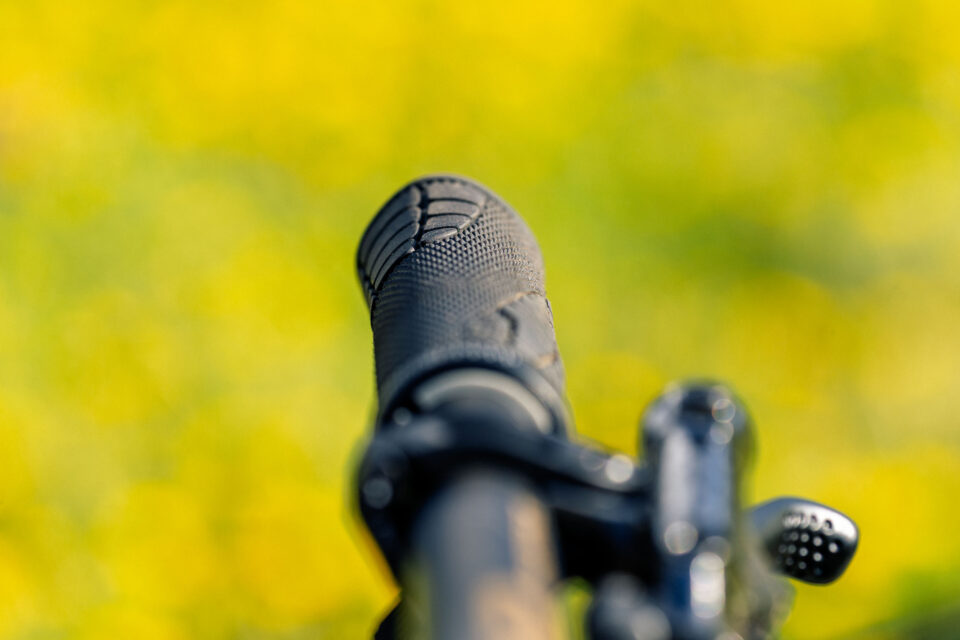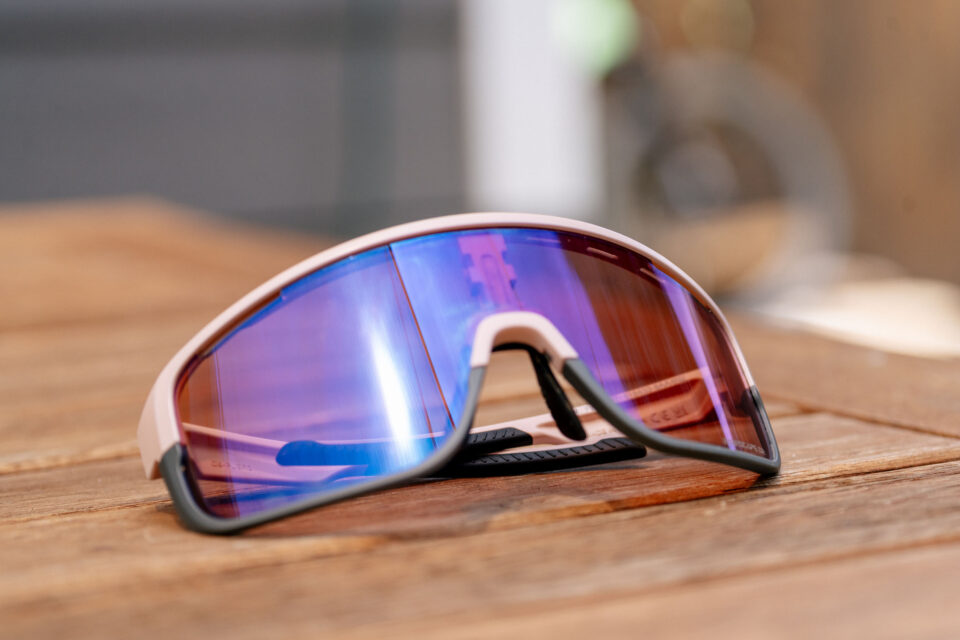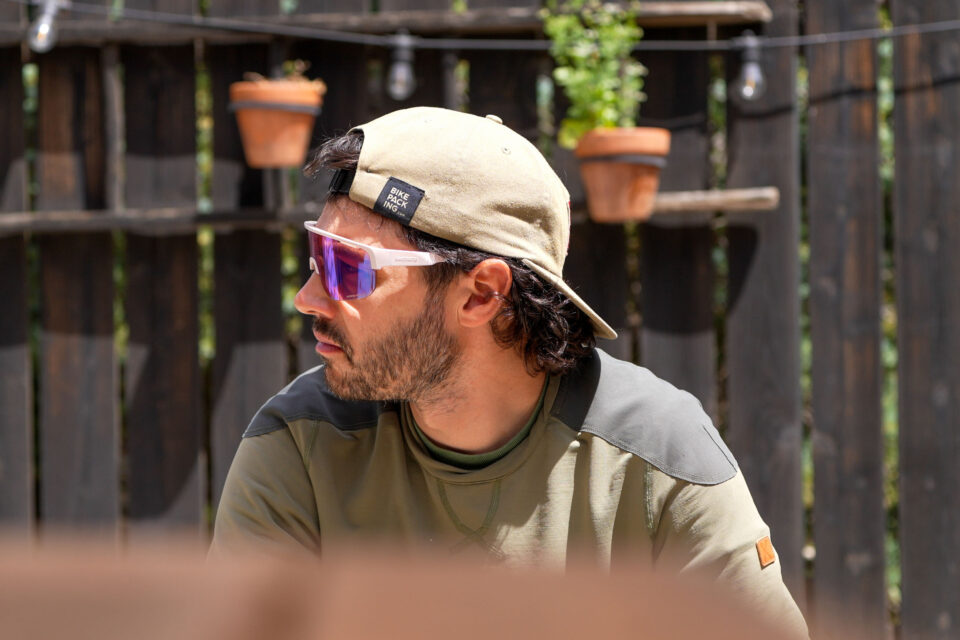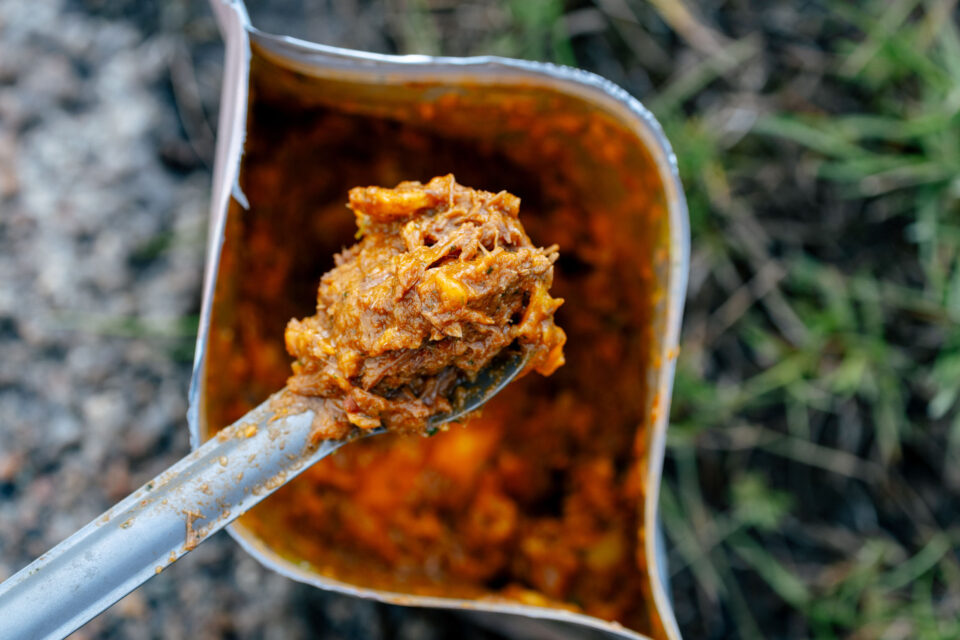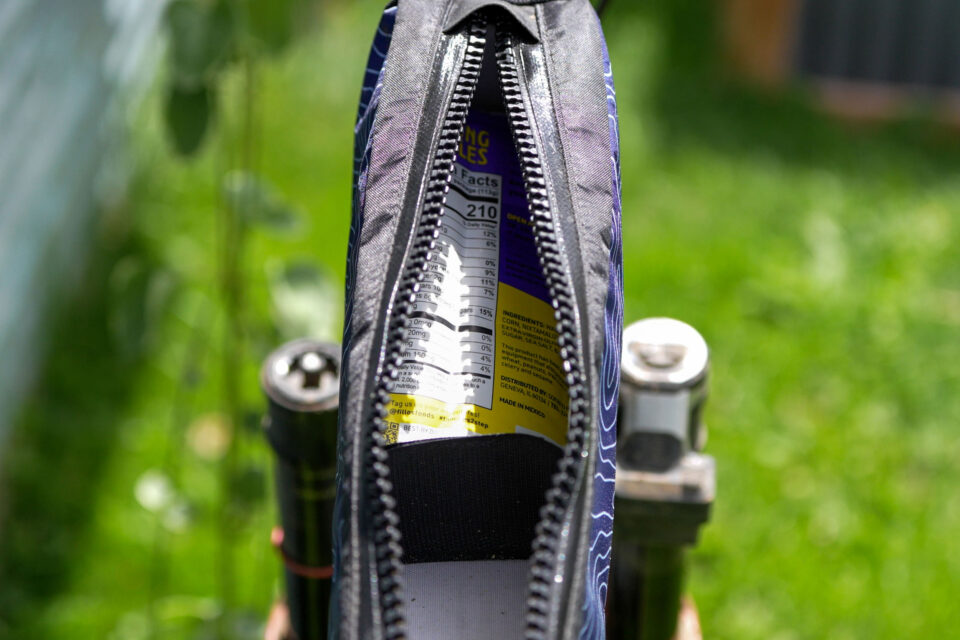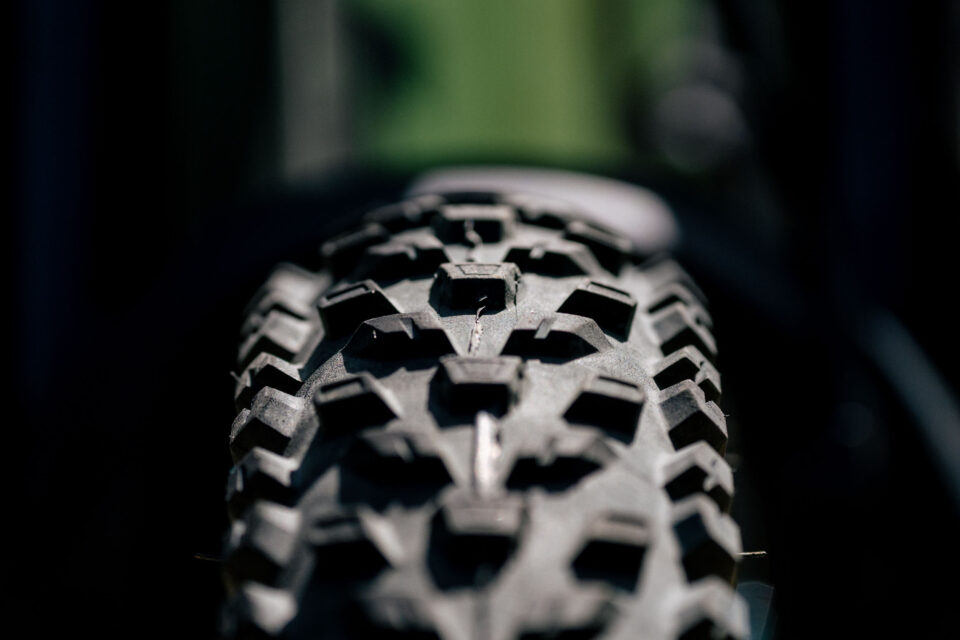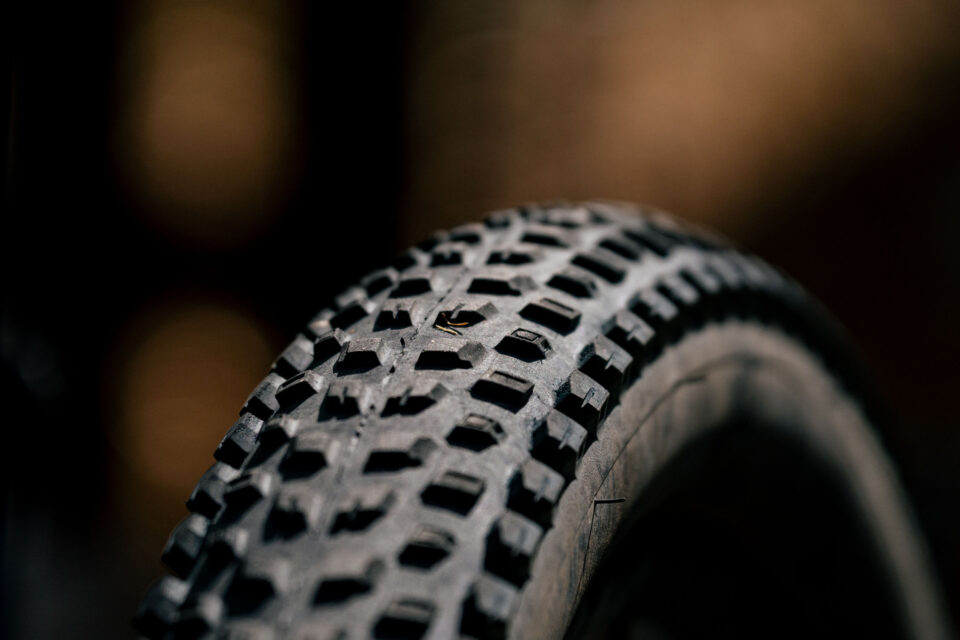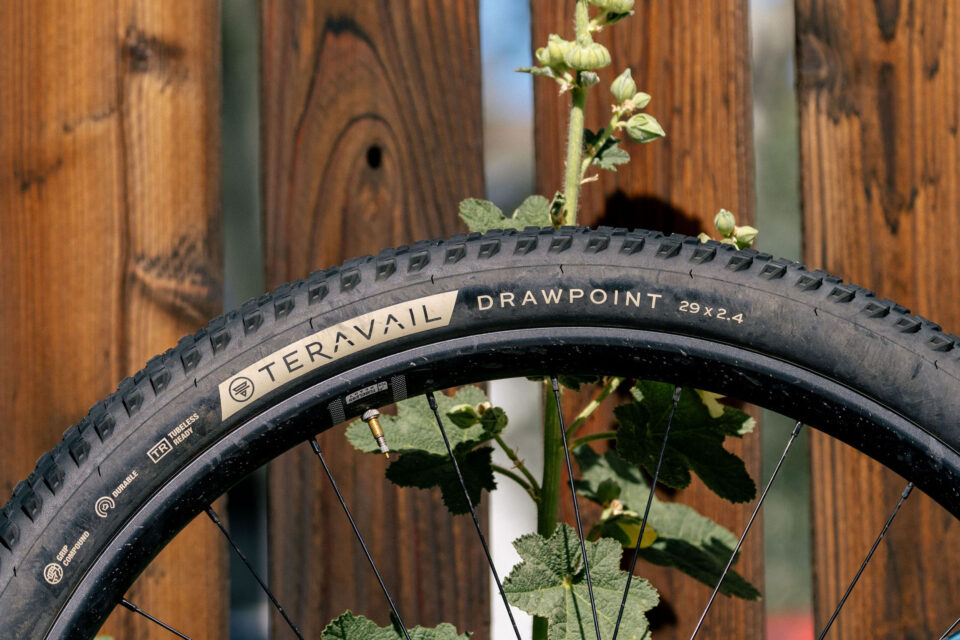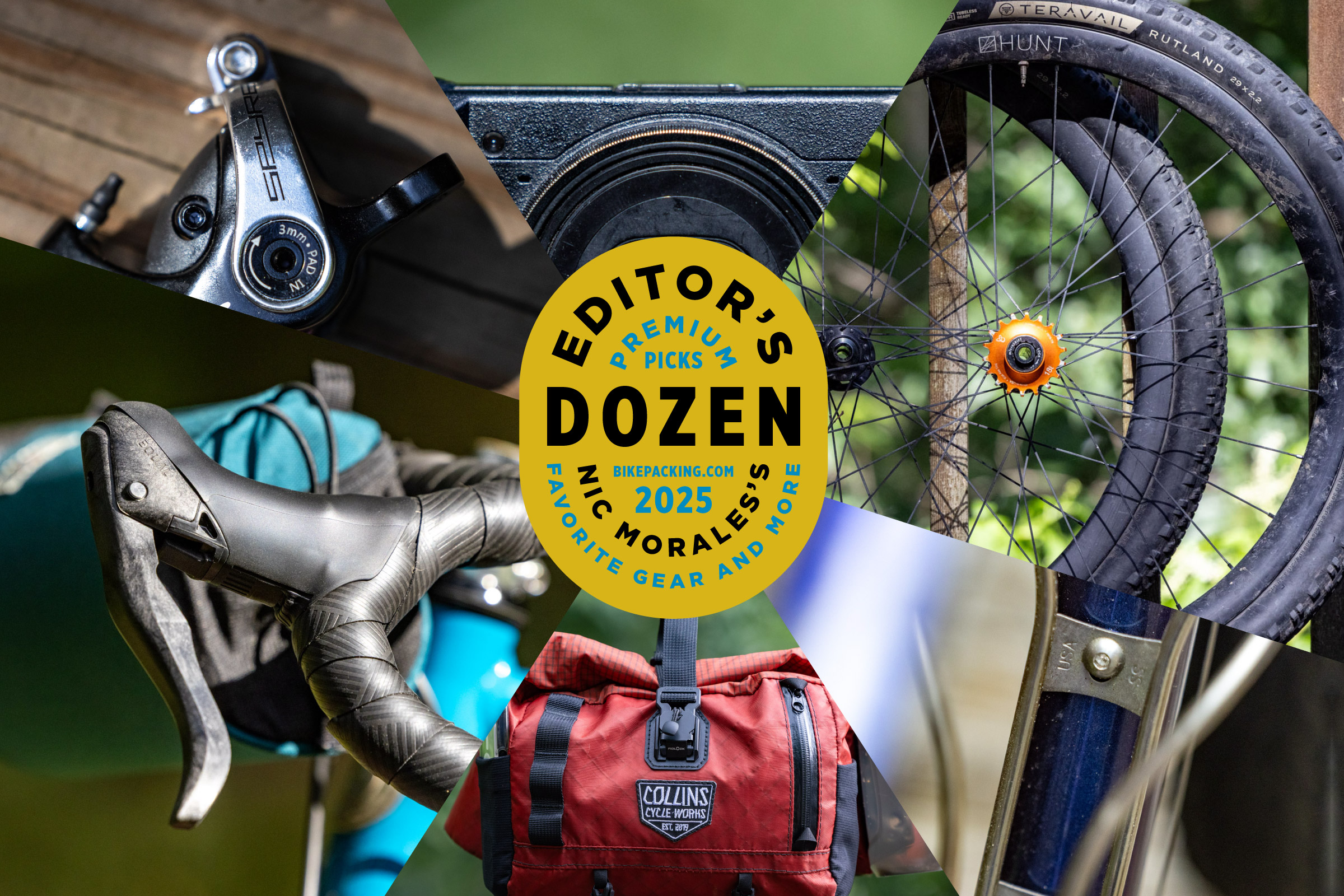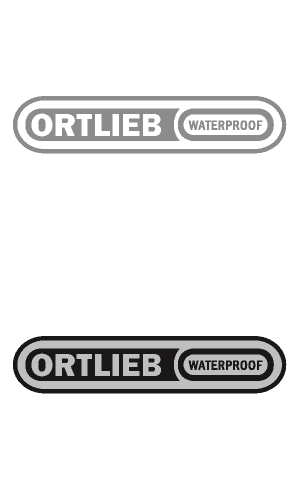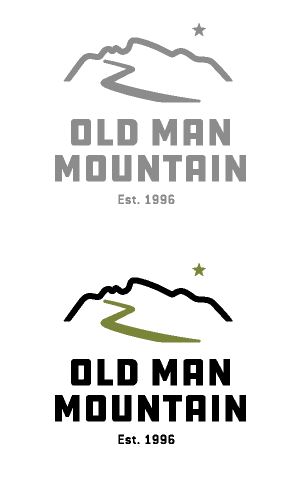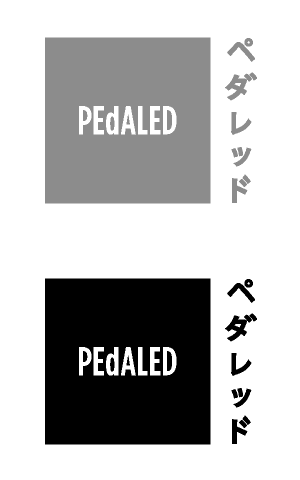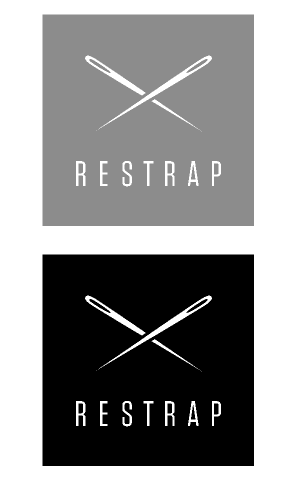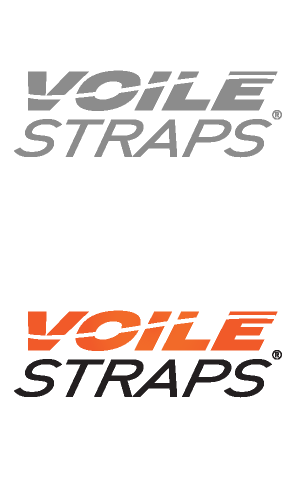Editor’s Dozen: Neil’s Favorite Gear of 2025 (Spring/Summer)
After a busy first half of the year packed with riding and camping, Neil compiled his latest list of favorite gear for this mid-year Editor’s Dozen. From comfort items and tasty camp dinners to bags and surprising gadgets, this collection spotlights standout items from his spring and summer adventures…
PUBLISHED Jul 30, 2025
After a brutally cold winter here in Gunnison, I’ve been fully soaking up spring and summer in Colorado—with a quick detour to Sea Otter, where a few of the items on this list first caught my eye. Between a handful of trips and overnighters, many long day rides, and some near-perfect riding weather, it’s been a great stretch of time on the bike. Even better, it’s been amazing to be home. Summer in Colorado is truly hard to beat. What’s made it even more special is seeing more and more bikepackers roll through Gunnison. Thanks to everyone who’s made the trip out here—it means a lot, and it’s a pretty special place to share.
Without further delay, here’s my latest Editor’s Dozen list of things that have quickly become favorites over the first half of 2025. Watch the video below, then scroll down for a written list with links and photos.
SQ Labs 70X Grips
220 grams / $40 at SQ Labs
I’ve long been a fan of ergonomic grips—going all the way back to my first Arizona Trail ride in 2012. Since then, I’ve bounced between grips with large paddles and ones that are more minimal but still offer solid comfort. Ergon always springs to mind when it comes to ergonomics, for obvious reasons, but SQ Labs has quietly built a strong reputation with their contact points, including grips. When I first put my hands on the 70X grips, I was impressed by the feel, but I wasn’t sure how they’d hold up during long days in the saddle. Since April, I’ve put them through everything from full-day rides to 3,000-foot descents, and they’ve performed exceptionally well across the board.
The updated 2.0 version is optimized to reduce forearm fatigue, and I noticed that on a fast descent down Doctor’s Park. The grips use a lock-on design with SQ’s shock-absorbing TPE compound, which feels great right out of the box. Ergonomically, they fit my hands like a glove, whether I’m riding relaxed or gripping tight on chunky descents. What I really appreciated was that they let me stay a little softer on my hands, which gave me better front-end control. The 70X 2.0 Pro comes in three sizes—Small, Medium, and Large—and after a quick measurement using their sizing guide, Medium was the clear choice for me. Each size comes in one color and runs $39.99 USD.
WTB Solano SL Saddle
222 grams / Made in China / $120 at Backcountry
It’s been a while since I’ve swapped saddles for test bikes or reviews. Most of the time they fall into one of two camps: “meh, this is fine” or “this is horrible.” Rarely do I get a bike review saddle that I actually like enough to buy another one, but that’s exactly what happened here.
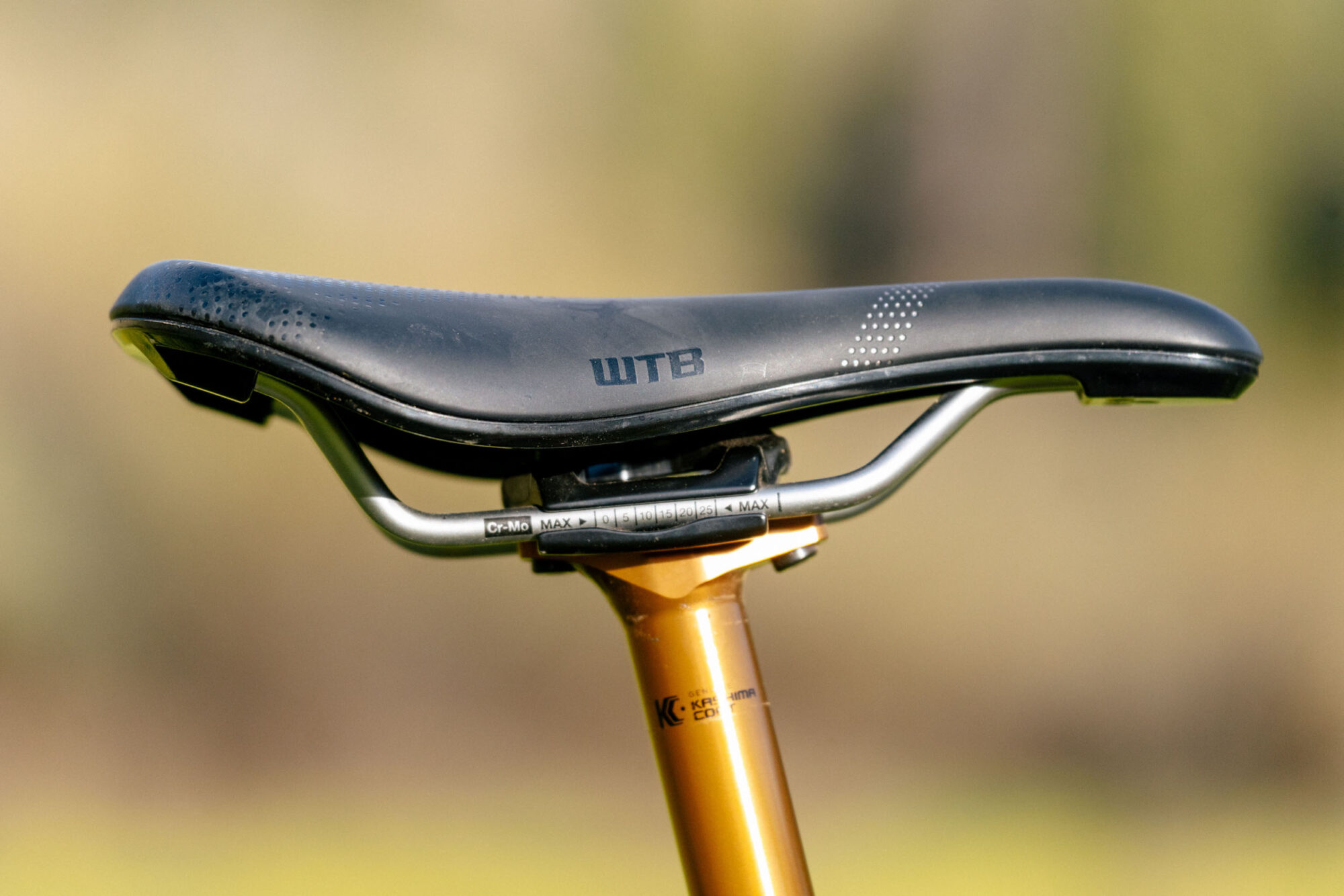
The Solano SL is on the firmer side, so it might not be for everyone. Still, I’ve found that less padding can actually mean less surface area for chafing, which I appreciate. The central relief channel—what WTB calls the Love Channel—does a great job of reducing pressure, and it works in all riding positions: on flats, leaning over on steep climbs, and everything in between.
Another thing I like is the short overall length. Whether I’m dropping my dropper post or just standing up, that extra clearance is noticeable. If you want a little more cushioning, WTB also makes the standard Solano with a bit more padding. I’d consider that version too, since I really like the overall shape and how it supports my sit bones. The Solano SL comes in Medium and Wide, with either Carbon or Ti rails. I tested the Medium Ti version, which comes in at $120 USD.
Ornot Stretch Belt
67 grams / Made in USA / $39 at OrNot
I’ll admit, before trying the Ornot Stretch Belt, I probably would’ve asked, “What’s so great about a belt?” I’ve used plenty over the years that got the job done. But after wearing this one for over a year, I can confidently say it’s the best addition to any bottom I’ve used in my 37 years.
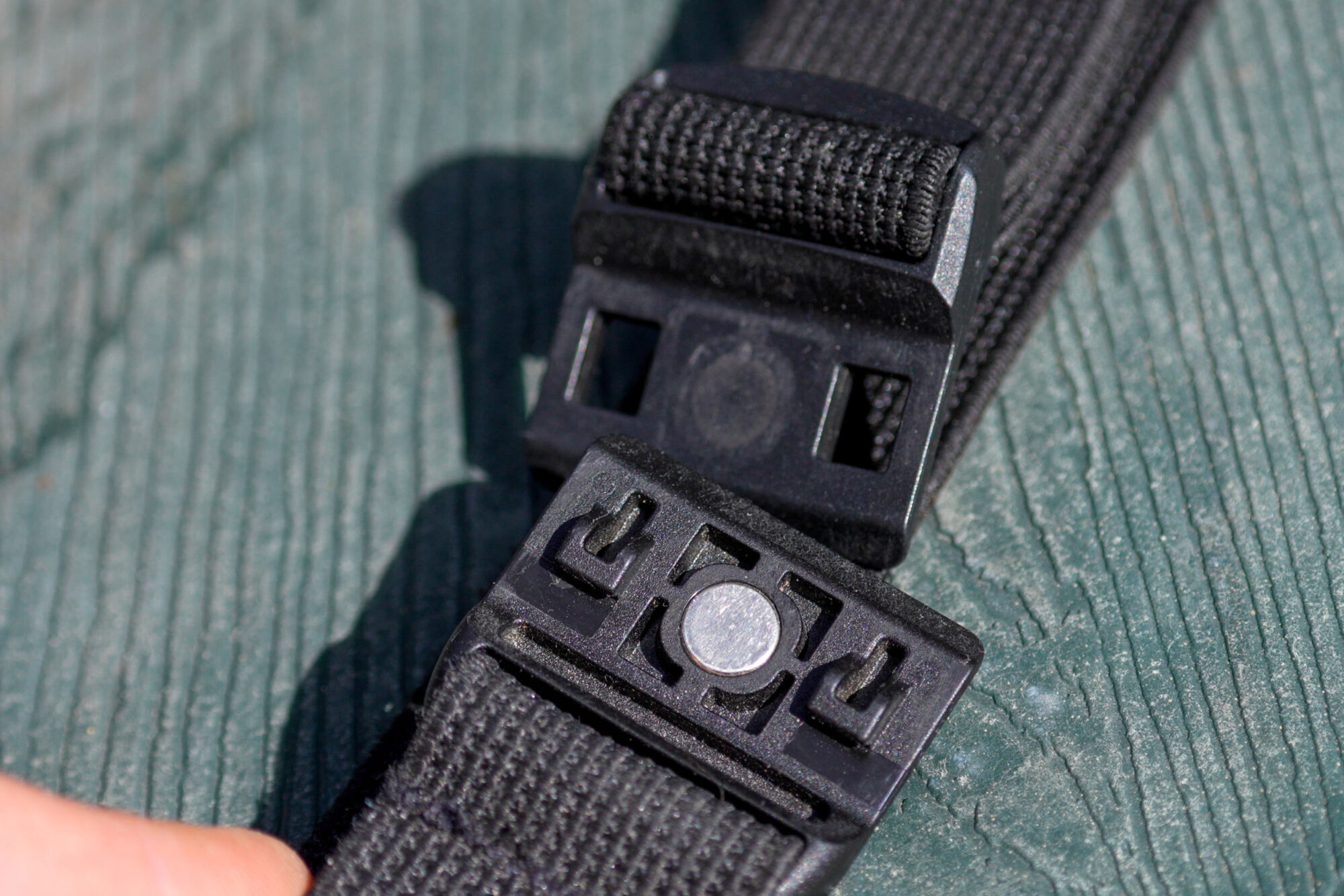
The belt is made from a 1.5” elastic webbing and features a magnetic closure that’s easy to open with one hand and just as simple to lock in place. It’s designed to fit slim waists like mine (28”), but it adjusts all the way down to 19” or up to 40”, which is impressive. There are no belt holes to mess with—it stretches with you, which is especially nice when you’re sitting down or riding. And it looks good too. It’s become a go-to for pretty much everything—concerts, cycling, daily wear—and it wouldn’t look out of place at a dressier event if you needed a belt that doesn’t scream “technical gear.”
The Ornot Stretch Belt is sewn in Oakland, California, using domestically sourced polyester/nylon elastic. It comes in one size, costs $39, and I’d guess I’ve worn it at least 200 days out of the 360+ I’ve had it. That alone says a lot.
Stio Men’s OPR Short – 9″
227 grams / Made in Cambodia / $103 at Stio
The Stio OPR Short hits that sweet spot of comfort, weight, and good looks—and it works just as well on the bike as it does around camp. After wearing it regularly over the past few months, I find myself reaching for it more and more during the dog days of summer, when the heat really ramps up.
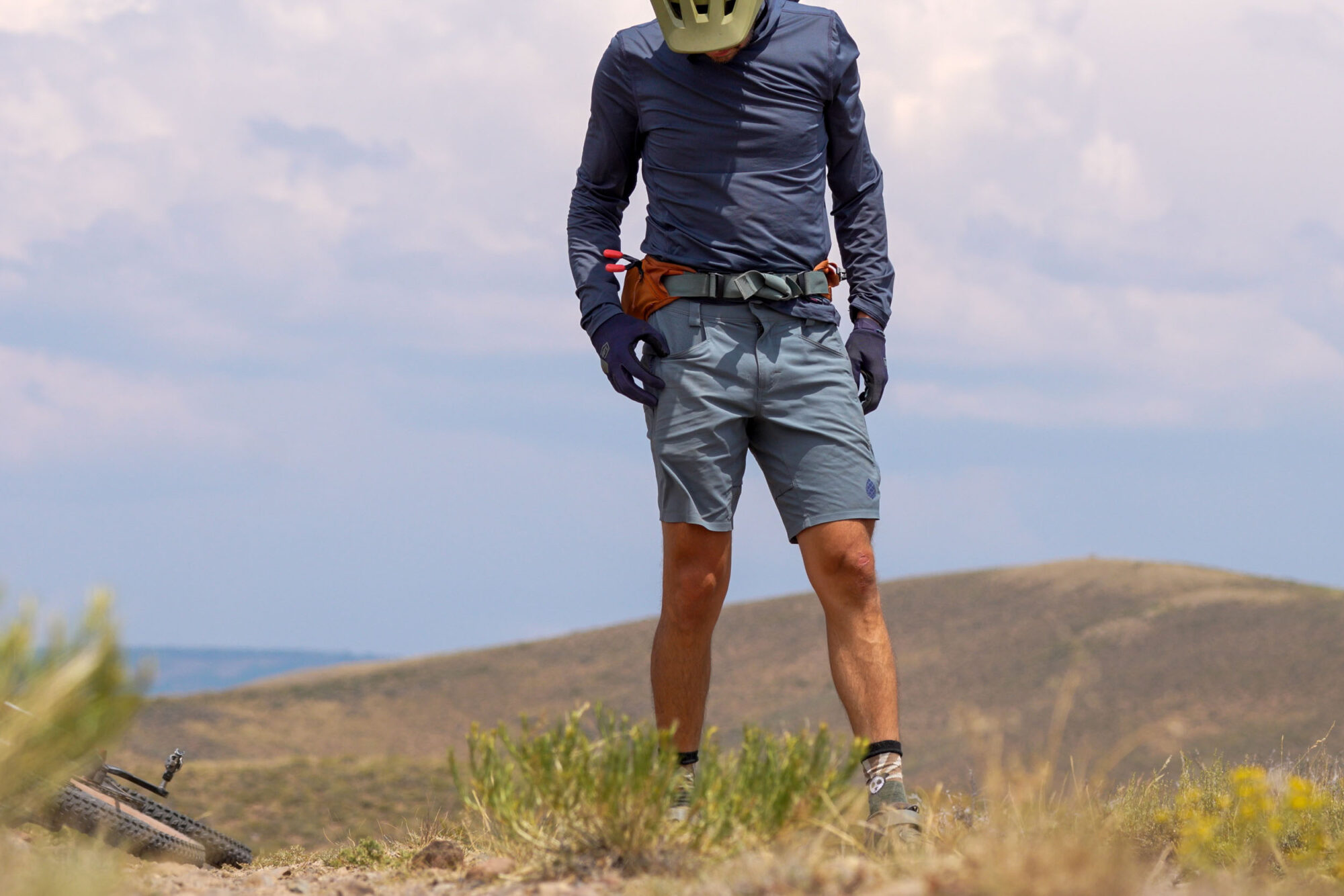
The fit is great, even over a tight short or bib. With a 9.5” inseam, it’s not too short, but it’s still well above the knee—right in that zone I like. I’ve been pairing it with Club Ride and Kitsbow liners, and the OPR clears them easily, which not only looks clean but also helps with the ol’ leg tan. The shorts use a Schoeller® nylon/spandex blend with four-way stretch, which makes them super comfortable on the bike and when you’re lounging in the tent. There are adjustable side tabs for dialing in the fit, but I mostly used the Ornot Stretch Belt with these.
I do wish they came in a 28” waist, but the 30” worked out alright. A nice bonus is my full-size iPhone fits in the hand pockets, and there’s also a small zip pocket that’s perfect for a slim wallet or multi-tool. Durability has been solid so far. The stitching has held up well, they dry fast after a rain, and they breathe really well, which makes them double nicely as swim trunks. Stio offers them in a bunch of colors and sizes. I tested the 30” in the “Stormy Weather” color, which is running low on stock, but most other colors still have full availability. Right now, they’re on sale for $104, probably to clear space for winter inventory. There’s also an 11” inseam version available, and both lengths come in a women’s fit, too.
Shimano PULSAR Sunglasses
30 grams / Made in Taiwan / $120 at Shimano
I’ve worn a wide range of sunglasses over the past few years, but after about five months of riding almost exclusively with the Lazer Pulsar, I realized something: when a piece of gear isn’t annoying, it quietly becomes a standout. That’s exactly what happened here. Launched alongside a few other models by Shimano in February, the Pulsar features a one-piece lens, adjustable nose pieces, and a removable lower frame, giving you the option to change the look and feel depending on your preference. They also come with Shimano’s RIDESCAPE lens tech, which is tuned for diverse riding conditions and terrain types.
I’ve been using the lilac version with their RIDESCAPE OR lens, which is designed for mountain biking. I’ll admit I was skeptical that the lens-specific tuning wasn’t just marketing fluff, but it’s noticeably better than the photochromic lenses I’d been using before. The OR lens offers solid sun protection but still provides great contrast when diving back into shaded trails or riding through low-light conditions. It strikes a nice balance. Plus, they look good and offer solid value at $100—not the cheapest out there, but far from the most expensive. There are several variations available, including other RIDESCAPE lenses tuned for gravel and road, as well as photochromic options and replaceable lenses if you want to swap them out later.
Camp Meals
What’s not to love about food after a big day on the bike? I’ve been testing a few ready-to-go meals lately, and frankly, when time is tight, I’ll gladly pay a little extra for the convenience of a dehydrated or freeze-dried meal that tastes great and fuels recovery.
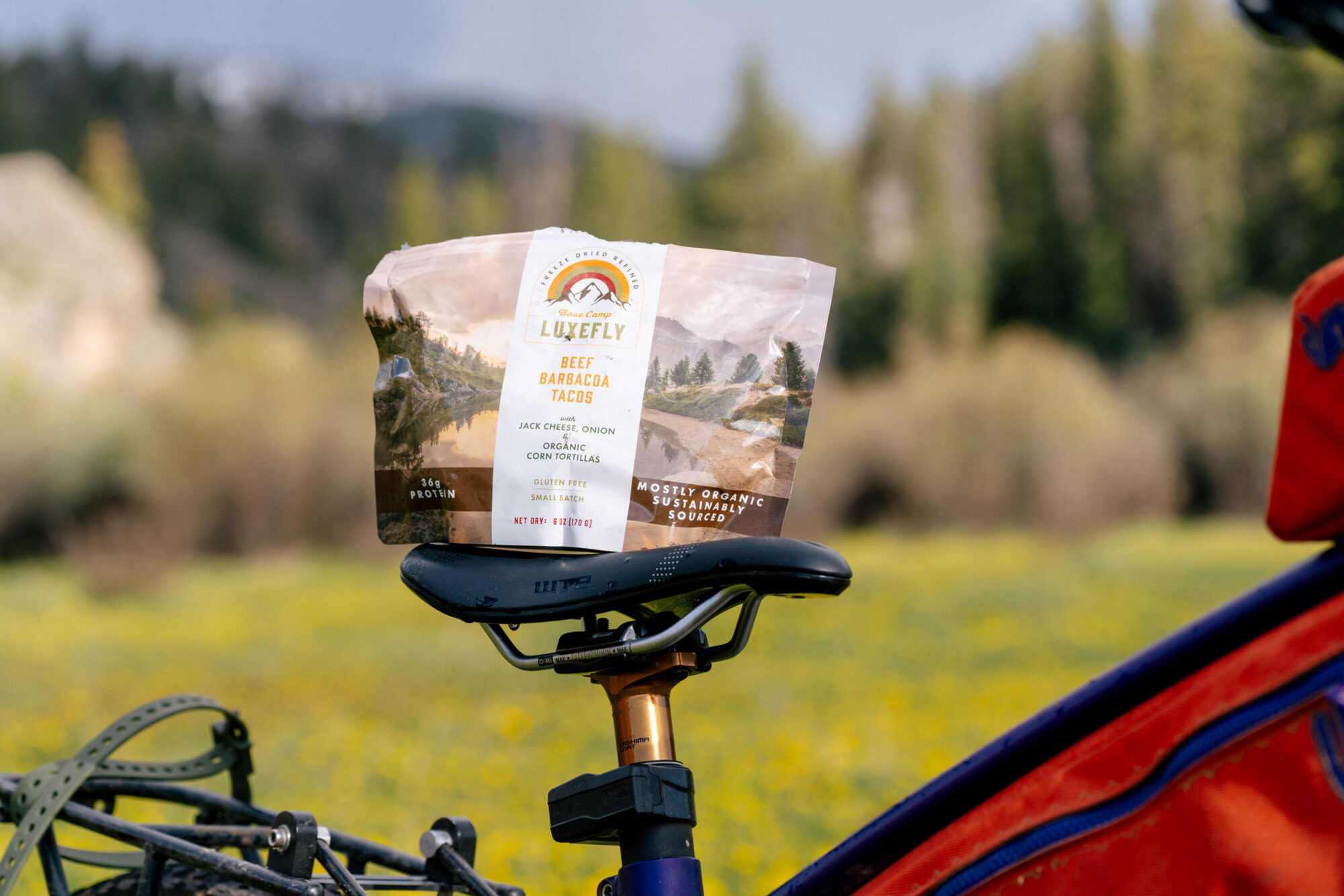
After first hearing about Luxfly at Sea Otter this year, I finally got around to trying their Barbacoa Taco Meal earlier this summer, and I was seriously impressed. Not only does it taste incredible, with a bit of crunch and bold flavor, but it’s also begging to be paired with a tortilla, some cheese, and avocado if you’ve got ‘em. It packs nearly 800 calories, a solid dose of sodium, and a ton of protein—all things your body craves after a day of pedaling, especially in the heat. I’ve already bought two more and can’t wait to get a little creative with them.
Another standout, especially for lunch or a lighter dinner, is the Farm to Summit Slaw. It’s packed with flavor, super refreshing, and plays well with other meals—like the Barbacoa—or works on its own in a tortilla with something simple like peanut butter. One of the best parts? You don’t need hot water. Just add 3/4 cup (175ml) of cold water, wait 10 minutes, and you’re good to go. I also really appreciate Farm to Summit’s compostable packaging. An additional favorite from them is the Puebloan Beans and Rice—a hearty, protein-rich dish with great flavor that’s not overwhelming. It’s tasty on its own, but like most meals, it gets even better with a little cheese or avocado if you have it.
Rogue Panda Catalina Top Tube Bag
305 grams / Made in AZ, USA / $175 at Rogue Panda
I’ve stepped out of my norm over the past few years and started using long top tube bags. Despite their admittedly goofy look, I’ve come to love the convenience, capacity, and efficient use of space they offer. The Rogue Panda Catalina, which launched earlier this month, is the latest oversized top tube bag to hit the market, and it’s a great one.
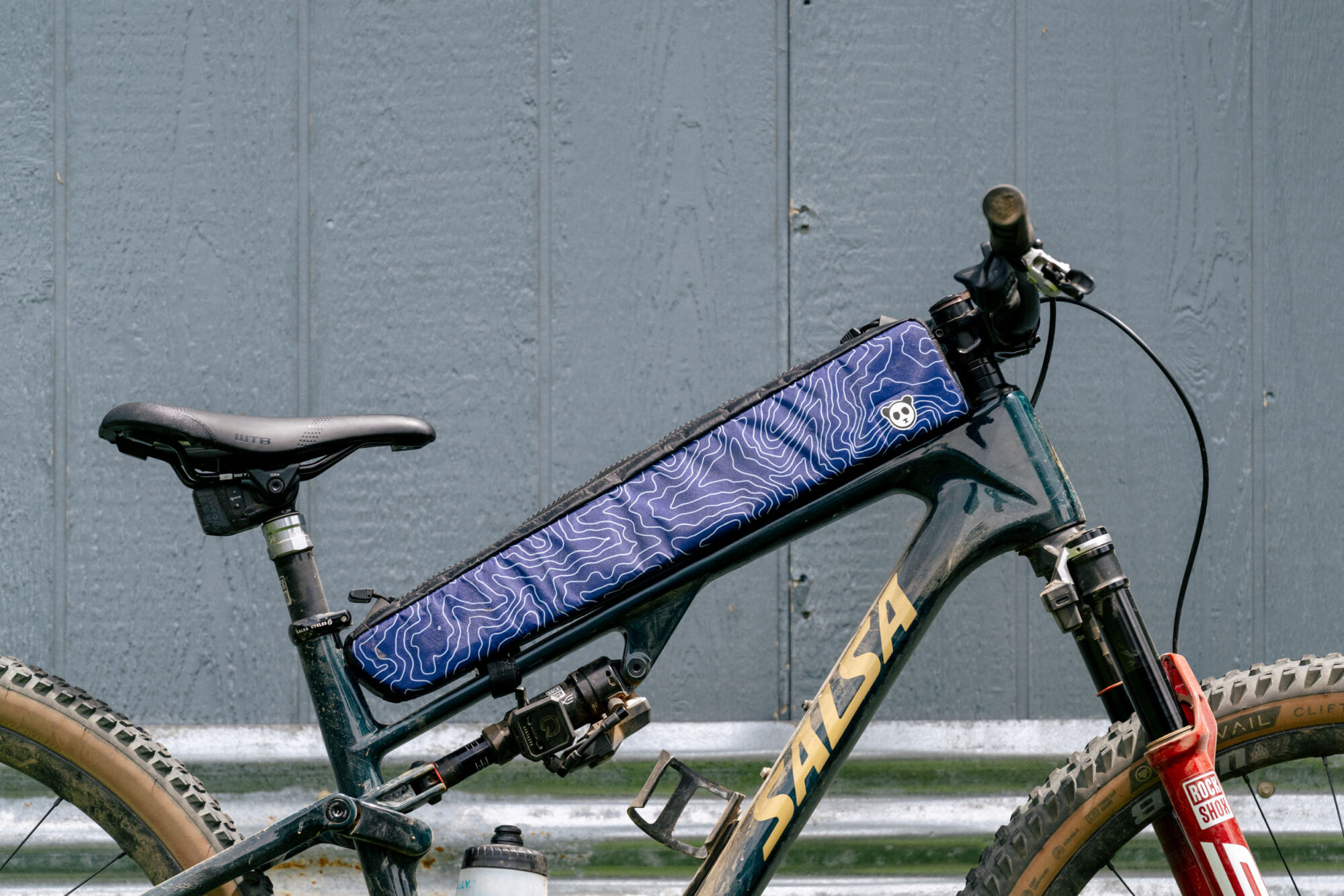
One of the standout features is the mounting system. It uses the same connection as Rogue Panda’s Alamo bag, so it can be direct-mounted or used with their TPU spacers—a setup I’ve really grown to appreciate for its versatility and clean look. The zipper is beefy, built to last, and easily operable with one hand.
The Catalina also comes with internal dividers (mine included two), which are especially helpful when paired with the two-way zipper; you can access one section without exposing everything inside. I love that detail. The best part? The Catalina is made to order and custom-cut to your preferred length in one-inch increments from 18” to 26”. You can pick from a variety of fun colors and patterns, and as of now, the lead time is only about two weeks. Pricing ranges from $175 to $195 USD depending on the fabric you choose.
New Teravail Tires
997/859 grams (Clifty/Drawpoint) / Made in Taiwan / $80 at Teravail
I don’t think I’ve ever been fully satisfied with a “one tire to rule them all.” There’s always a tradeoff. Whether it’s grip, cornering, rolling speed, or durability, something gives. But over the last few months, I’ve landed on a combo that’s been working surprisingly well: the 2.4” Teravail Drawpoint in the rear and the 2.5” Clifty up front.
This setup strikes a great balance. You get the volume and confidence up front with the Clifty, paired with a slightly faster-rolling rear tire that still offers decent volume. My only gripe is that I’d love to see both the Drawpoint and Clifty offered in a 2.6” size. That said, both measure wider than listed when mounted on 30mm internal rims. The Drawpoint stretches to about 2.49”, and the Clifty comes out around 2.54” wide.
I’ve been impressed with how these tires perform together. With Teravail’s Grip compound, they handle loose-over-hard terrain really well, especially in the high desert around Gunnison, which is full of loose granite. They also hook up nicely in the alpine zones just north of town. Both tires inspire confidence. Just looking at the Drawpoint, that might surprise you.
I’ve raced a local 32-miler on this combo, tackled a handful of bikepacking trips, and I’m currently running them on the Salsa Blackthorn I’ve been testing. It’s a setup that feels built for long days. I went with the Durable casing on both, but Teravail also offers the Drawpoint in Light & Supple, and the Clifty in Durable Plus for even more protection. The weights were a nice surprise, too: my Drawpoint came in at 855 grams and the Clifty at 997 grams—lighter than the claimed weights. Both tires are available in black or black/tan sidewalls, and they’re priced at $80 each.
Lifestraw Peak Series
99 grams / Made in South Korea / $44 at REI
Over the last decade, I’ve used just about every type of water filter out there—pumps, squeeze filters, self-cleaning systems—and no matter what, they all eventually clog. Even the self-cleaning ones that have you swish water around to shake out the grit and grime tend to wear out faster than I’d like. Over the last two years, I found the lifespan of those filters just wasn’t cutting it. So, I decided to go back to a backflush-style filter, similar to the old Sawyer Squeeze I used years ago. This time, I went with Lifestraw’s Peak Series—a system that functions similarly but with a few nice upgrades.
Performance-wise, it works just as well as the self-cleaning models from Katadyn or HydraPak, but with a longer lifespan thanks to its easy backflush capability. You can actually flush grit out effectively, which keeps the flow rate solid over time. Bonus: the Lifestraw filter is compatible with my existing HydraPak bladders, so I can pack just a 2L bladder and filter for short trips, or pair it with a 650ml or 1L setup for more capacity. Everything packs down small, and the bladders themselves have been super durable in my testing.
Filters don’t last forever, but with the ability to properly clean this one, I’m optimistic I’ll get a lot more use out of it. Pricing is reasonable: $37.95 for the 650ml version, $43.95 for the 1L version, and $17.95 for a membrane replacement when it’s time to swap it out.
Spurcycle Mirrors
Made in China / $39+ at Spurcycle
I’m not much of a road rider. In fact, if there’s a dirt shoulder or alternate route, I’ll take it before riding alongside cars. But it’s not always avoidable, especially when I’m dropping the kids off at daycare or riding through town. For years, I relied on the classic over-the-shoulder glance, but that move gets a little harder on the neck with each passing year. When Spurcycle sent me a few of their mirrors earlier this year, I figured I’d give them a shot, and now I wish I’d tried them sooner.
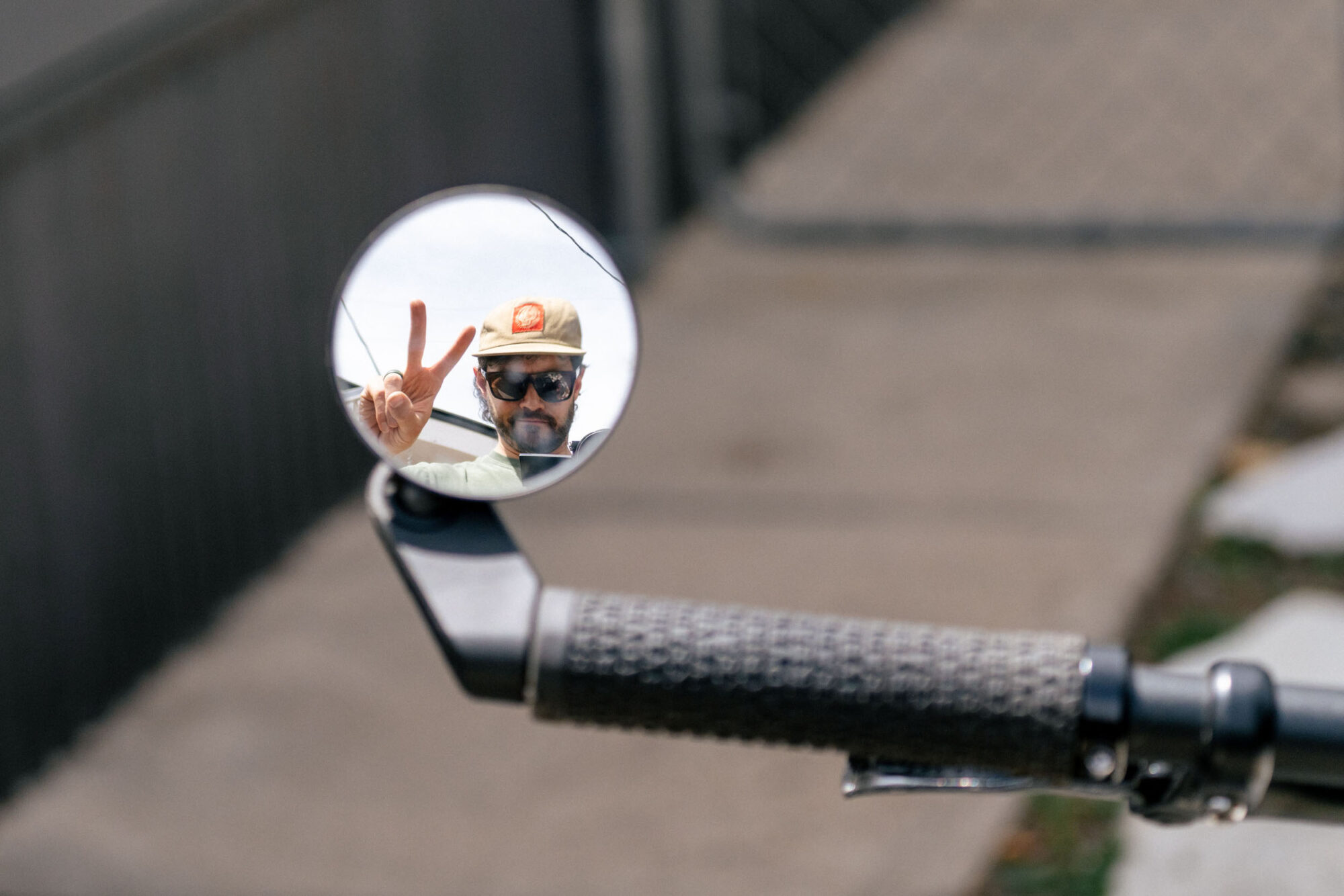
I’ve had the C Series Mirror mounted on my Bridge Club all spring and summer, and it’s been a total game changer. It’s honestly safer than constantly craning my neck, especially on busy, shoulderless roads. I even kept it mounted during a recent overnighter and found it incredibly helpful on long, steep gravel climbs during peak tourist season in Crested Butte. I’ve also tested the smaller R Series Mirror, which pops into the end of your drop bar. It’s another great option for staying aware on gravel and dirt road rides.
Even in a bike-friendly place like Gunnison, there are still the occasional angry drivers out there. This mirror gives me a better sense of what’s behind me, and that peace of mind is worth a lot. The R Series Mirror comes in two sizes and runs $34 USD. The C Series also comes in two sizes and costs $39 USD.
Deuter Pulse 5L Hip Pack
380 grams / Made in Vietnam / $77 at Deuter
Here’s a hip pack that has lasted two full seasons for me. I actually wasn’t sure I’d end up highlighting it, but it’s worth mentioning for my specific use case. Most people use hip packs for day rides: just enough space for some water, a repair kit, and a snack. And that’s a great use of space, especially if the pack has ample padding, solid adjustability, and a comfortable design. The Deuter Pulse 5L checks all those boxes. But for me, someone who carries a camera on every single ride (yes, every ride), it’s become a crucial piece of gear. It’s super easy to stop, swing the hip pack around to the front, unzip, and grab the shot—often when every second counts. This pack has become my go-to for capturing action shots while on the move.
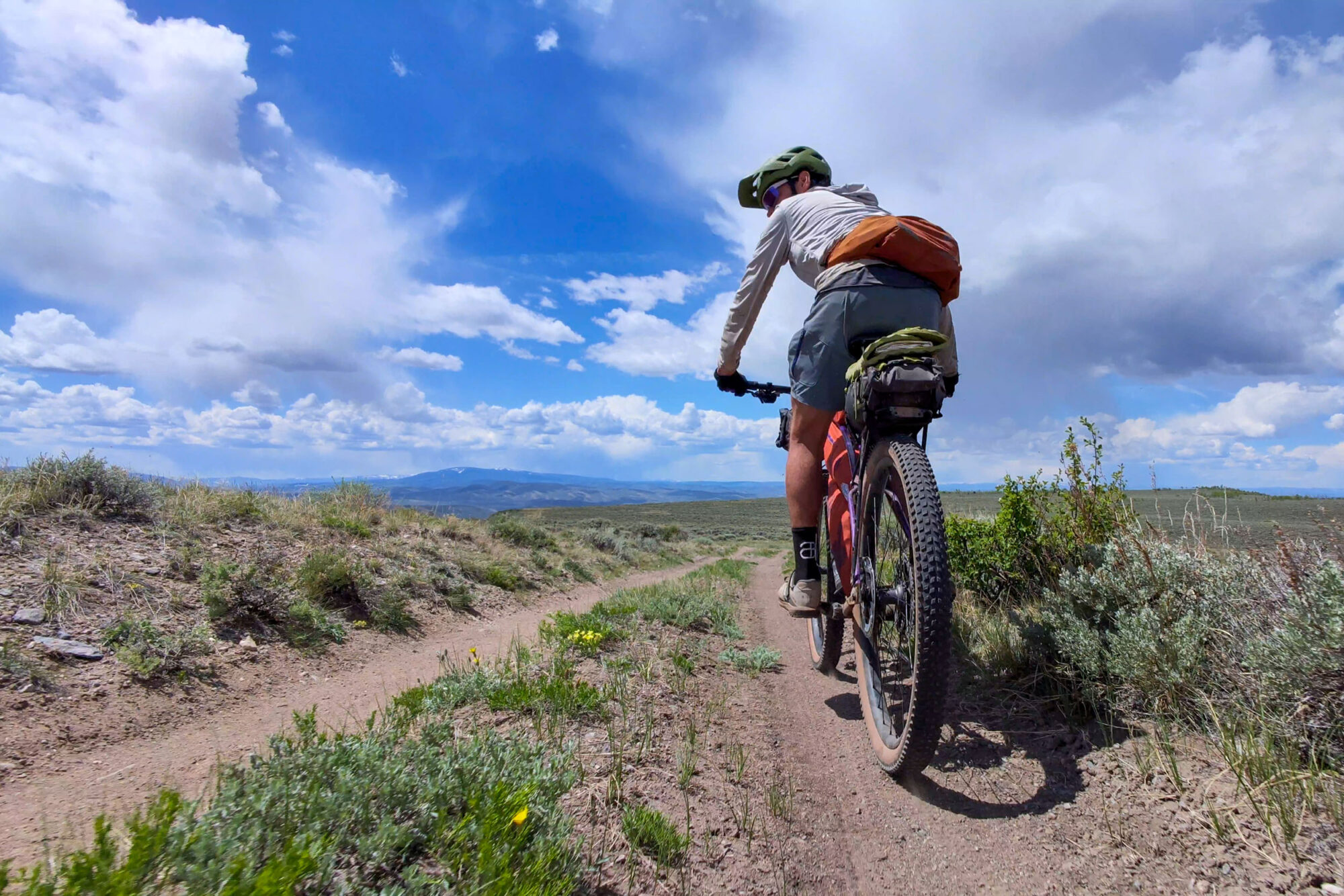
What really sold me, though, are the side pockets. I can access them while riding. For bikepacking trips, I’ll stash batteries in the left pocket and my GoPro in the right. When I need to grab a quick video or commentary clip, I can pull it out with one hand and tuck it back in just as easily. The zippered side pockets give peace of mind, though I’ve accidentally left them open more than once, and nothing’s ever fallen out.
Inside the main compartment, there’s a divider where you’d typically place a water bladder, but I usually use that space for cables. There are a couple of mesh pockets inside for easy organizing, too. Overall, I’m a big fan of this pack. Deuter makes a larger version, but I find the 5L has more support and comfort. It’s currently on sale for around $50, so grab one while you can.
Bike Camp CO-OP
Lastly, I’m stoked to finally put the Bikepacking Collective Basecamp to good use. Specifically, the Bike Camp Co-op. Over the years, I’ve slowly built up a pile of gear that either didn’t fit my needs or just doesn’t get used anymore. Lately, I’ve been selling off a bunch of it, and it’s been super rewarding.
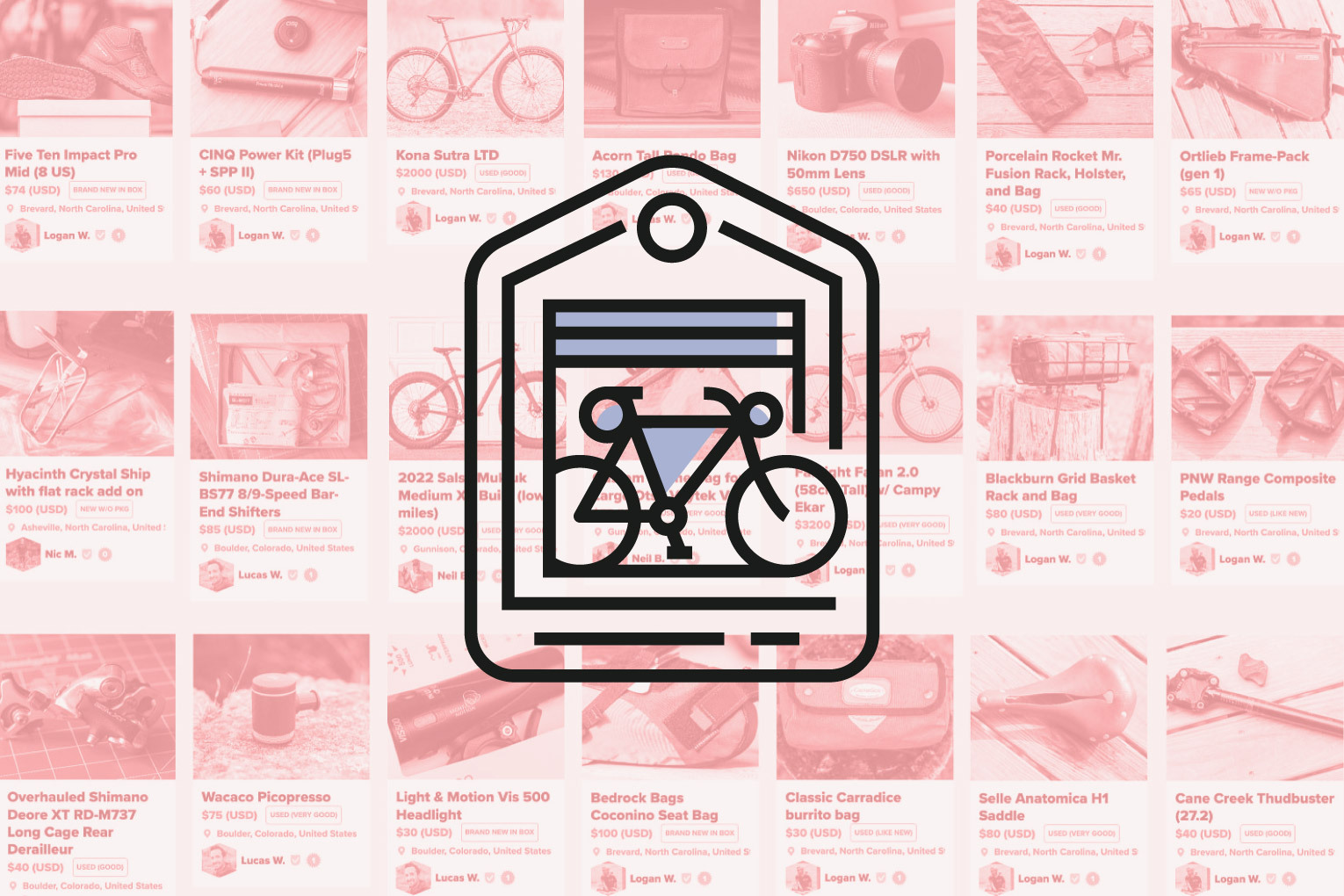
As someone who tests gear for a living, I’ve got plenty of stuff that ends up sitting in a bin, waiting to be compared again… or never used at all. Basecamp has helped me make the decision to pass it on—to find a new home where it’ll actually see some trail time. And that feels good.
Sure, you can sell gear anywhere, but the thing is, so much of what I have is niche. I can’t think of a better place to sell bikepacking-specific gear than right here. So if you haven’t checked out the Basecamp buy/sell/trade page, or you’re thinking about joining to get access to deals on hard-to-find gear, now’s the time. I have a lot more gear to post over the coming months, so stay tuned!
Further Reading
Make sure to dig into these related articles for more info...
Please keep the conversation civil, constructive, and inclusive, or your comment will be removed.
